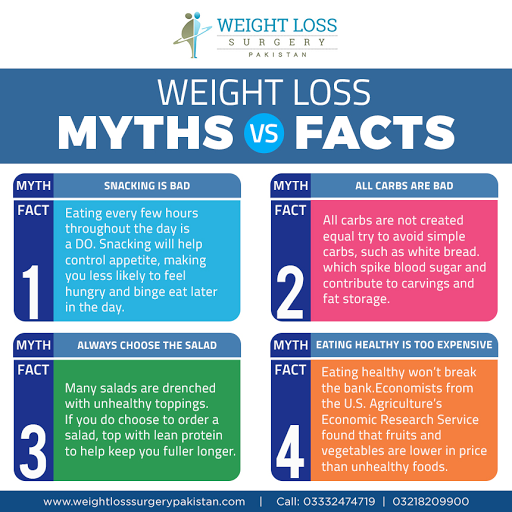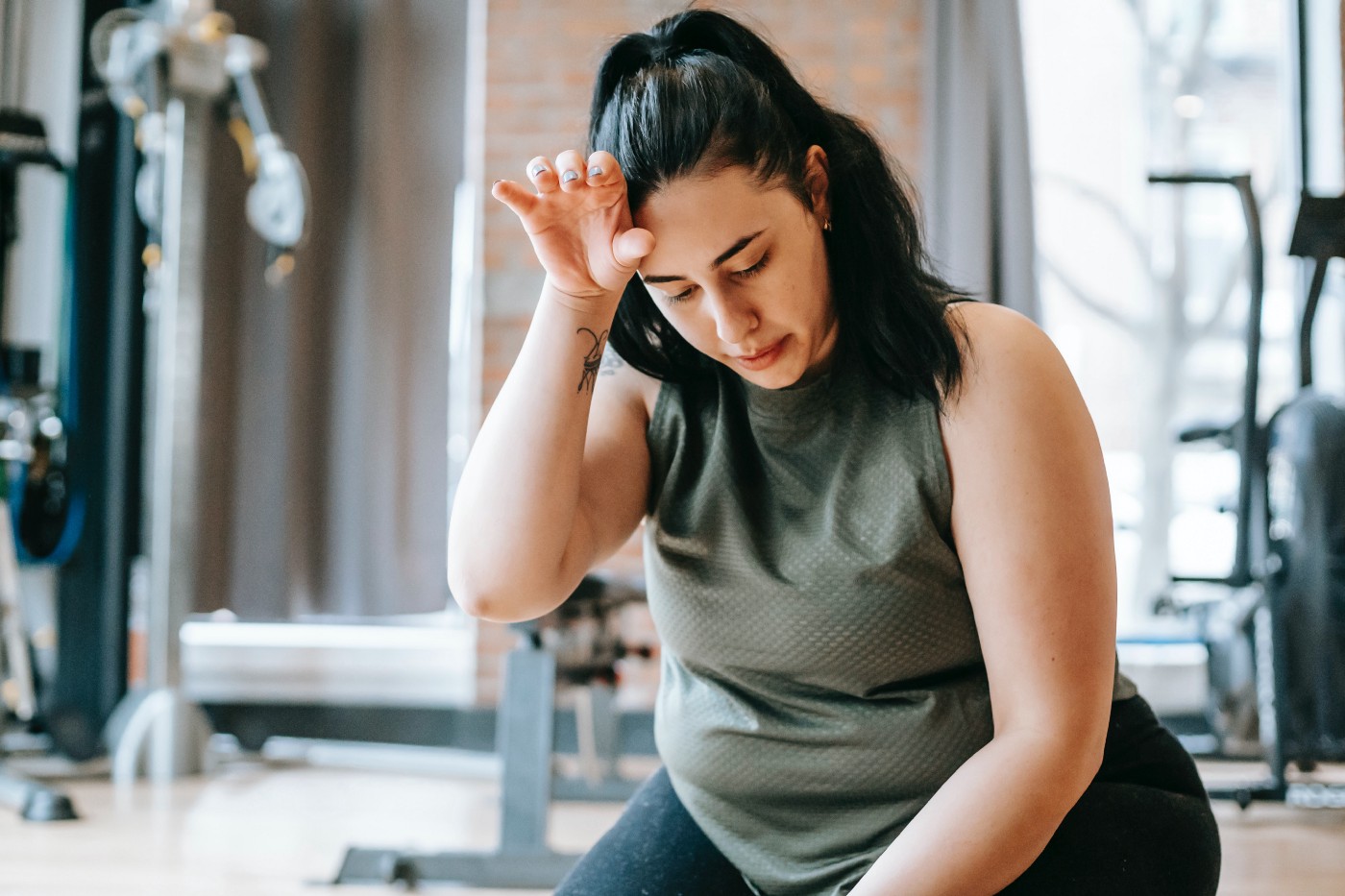
When it comes to jumping rope for cardio, there are a few things to keep in mind. Proper form matters. You could inflict injury or joint strains if you don't follow the correct form. Doing it wrong can make your workouts less effective. You should also use a baseline to track your progress. We don't want anyone to start an exercise regime and not see any results.
High knee
The level of skill required to perform cardio jumping depends on how long the routine takes. For beginners, 30 seconds can be spent jumping consecutively. Then they can move on to more repetitions. While jumping rope is difficult to learn, practice and timing will make it easier. Beginers can do a 30-second jump, rest for 60 seconds, and then repeat the sequence 9 times. The technique is just like any cardio workout. It's best to experiment.
For optimal results, jump at least 30 seconds, alternating feet. Avoid jumping higher than the rope's thickness as it can waste energy and cause you to tire more quickly. To achieve a perfect circle around your body, engage your core and make sure your arms are at a 90-degree angle. Wearing supportive bras during jump rope will increase your comfort. Below are some tips about how to jump rope for cardio.

Alternating foot
Alternating your foot when you jump rope can improve your balance, speed and lightness of your foot. Start by elevating your right foot from the ground. Next, jump with your left leg. Lower your left foot, then jump with your right. Do this again and again. You want to land on each toe after you have jumped, bounced quickly and lightly.
Once you have mastered the footwork you can move on the next exercise. The classic heel toe jump rope workout can be great for improving footwork. Alternatively, you can use an alternate foot step jump to burn fat in your body. For this exercise, heavy ropes are highly recommended. With each revolution, alternate your foot. It is easier to jump rope for cardio by changing the position of each foot.
Choose the right length of rope
Choose the appropriate length of rope according to your body type and fitness goals. Longer ropes are better for taller persons. You can also choose a shorter rope if your height is not an issue. However, remember that you can't add back the length you cut off. When you buy a rope, check its gauge to make sure it's the right thickness for you.
Step on one end of the battle rope with one foot to check its length. Place your hands in front of your chest. Pull the rope with your elbows bent. Point the end of the rope towards your chest in order to find the perfect length. You need to consider your cardio goals and the area in which the rope will be placed. Your sternum should be at least the same height that your cable. The rope that is too long can cause excess tension and lead to your head hitting the ground.

Creating a baseline to measure your progress
To track your progress when jumping rope for cardio, create a baseline by jotting down your previous time on one or two jumps. Make sure you use proper form and do a timed test before you progress to more complex exercises. While jumping rope for cardio has many advantages, the main goal of this exercise is to increase cardiovascular fitness. These are just a few steps to help you reach your goal.
First, you need to establish a baseline. Grab a rope and set a watch or your phone to a timer. Try to jump until you're fatigued. Stop the timer when you are unable to jump any longer. Keep track of the time that you stopped. This is your baseline. Then, try different footwork patterns and tricks to see how far you can go.
FAQ
How long does it usually take to lose weight
It takes time and effort to lose weight. It usually takes six months for you to lose 10%.
You should not expect to lose weight overnight. Your body will need time to adapt to new dietary changes.
This means that you need to slowly change your diet over a period of time, such as a few days or weeks.
You should also stop trying fad diets. They don't work. Instead, change your daily routine.
If you are a regular shopper of unhealthy snacks, it is a good idea to stop.
You should eat healthier meals in the morning. This way, you'll avoid snacking later in the night.
Water is essential for your body. Water keeps your body hydrated and prevents dehydration. Dehydration makes you feel tired and sluggish.
Drinking lots of water throughout the day can help you stay energized, focused, and alert.
Relaxing activities can help reduce stress. Spending time with loved one could help you reduce stress.
You could also read books, watch movies or listen to music.
These activities will help relieve stress. In addition, they will improve your mood and boost your self-esteem.
When you are trying to lose weight, it is important to consider your health first.
Your physical fitness level is an indicator of your overall health. Proper nutrition and regular exercise are essential to staying fit.
What Amount Of Exercise Is Needed For Weight Loss?
There are many factors that impact the amount you exercise to lose weight. Most people need to exercise at least 30 minutes five days a weeks.
The American College of Sports Medicine recommends 150-minutes of moderately intense aerobic activity every week. It should be spread over three separate days.
For example, if your goal is to lose 10lbs, aim for 300 minutes of moderately intense exercise per week. This includes activities such as brisk walking, swimming laps, biking, dancing, playing tennis, golfing, hiking, jogging, running, and other similar activities.
If you're just starting out, consider doing 20 minutes of vigorous activity thrice weekly. These activities could include sprints and lifting weights.
Aerobic exercise helps to build muscle mass and burn calories. Muscles burn more calories than fat. So building muscle while losing weight may help you achieve your goal faster.
Can I eat the fruits of my intermittent fasting diet?
Fruits are great for your health. They are rich sources of vitamins, minerals. Fiber, antioxidants, as well other nutrients. They also contain sugar, which can lead to blood glucose levels rising. This can lead both to insulin resistance and weight loss. If you are looking to lose weight through an IF diet you need to choose low glycemic-index fruits such as oranges, pears, berries and melons.
What is the difference between intermittent fasting or calorie restriction?
Calorie restriction is when you eat less than your body needs. Intermittent Fasting is different in that it doesn't restrict calories. Intermittent fasting focuses more on eating fewer calories every day.
Intermittent fasting allows you to indulge in foods that you love while feeling guilt-free.
Both methods have their advantages and disadvantages. You will need to decide which method is best for you.
What can I drink in the morning while intermittent fasting?
You should try drinking water first thing in the morning. It helps you feel full faster and gives you energy throughout the day. To add some flavor, you can add lemon juice to the mix or cucumber slices.
What effect does intermittent fasting have on my sleep?
Intermittent fasting is a good thing for your sleep. You may notice an increase in hunger hormones if you skip meals. You may wake up more often at night because of this.
Experts suggest skipping breakfast. Instead, experts suggest eating a light snack just before bed.
If you're still hungry after this snack you can have a small meal right before going to sleep.
However, you should not overeat. You'll gain weight, not lose it.
What should you eat while intermittent fasting?
Cut out carbs to lose weight. That means cutting out bread, pasta, rice, potatoes, and other carbohydrate-based food.
Because it makes you feel fuller, you'll want to limit your intake of protein. This will ensure that you don't feel hungry as frequently.
Focus on foods rich in healthy fats like olive oil, avocado, nuts and seeds. These foods will keep you full for hours after you eat them.
It's vital that you get enough water. Water helps you stay hydrated, which makes it easier to burn fat.
These foods may be what you crave when you eat fast. These cravings don't necessarily mean that you should give in. If you do this, you might gain more weight that you have lost.
Keep an eye on the amount of food you eat throughout the day to avoid overeating. You can sip water instead of reaching out for another snack when hunger strikes.
It might sound counterintuitive at first, but it has been shown that this can help you slim down. A study published in Obesity found that participants ate fewer calories when they drank plain water than sugary drinks.
Additionally, plain water can help reduce hunger pangs. So if you really want to lose weight, skip the sweetened beverages and stick to water.
To lose weight, you don’t have to count calories or restrict certain foods. Instead, you should make small lifestyle changes.
One way to start is by substituting your typical breakfast sandwich with a bowl of oatmeal. Try swapping your afternoon cookie to a piece or fruit.
These easy changes can help you lose weight and keep your kitchen clean.
Statistics
- One 6-month study showed that simply doing 11 minutes of strength-based exercises 3 times per week resulted in a 7.4% increase in metabolic rate, on average. (healthline.com)
- Another study found that 24 weeks of weight training led to a 9% increase in metabolic rate among men, which equated to burning approximately 140 more calories per day. (healthline.com)
- Among women, the increase in metabolic rate was nearly 4%, or 50 more calories per day (14Trusted Source (healthline.com)
- A 12-week study in 20 women with obesity found that walking for 50–70 minutes 3 times per week reduced body fat and waist circumference by an average of 1.5% and 1.1 inches (2.8 cm), respectively (healthline.com)
External Links
How To
9 easy ways to lose weight naturally
Losing weight is one of the most common problems faced by people worldwide. When you are trying to lose weight it is very hard to maintain a healthy lifestyle. While there are many ways to lose weight such as exercise and diet, they don't always work.
Today I will share natural ways to lose your weight with no side effects. Let's start!
-
Lemon Water Lemon water can help to eliminate toxins from the body. This drink will detoxify your system and make you feel more energetic throughout the day. Drinking this drink daily can help you reduce weight.
-
Eat More Vegetables. Vegetables are full of fiber, vitamins, nutrients, antioxidants and other nutrients that are crucial for our health. They also provide us with a feeling of fullness. Eating vegetables can help you lose weight.
-
Increase Protein Intake. Protein is an important nutrient that plays an important role in building muscles. A high-protein diet is a good way to build lean muscle and lose weight.
-
Green Tea: Green tea is rich in caffeine which can reduce appetite and increase metabolism. Caffeine has been found to increase thermogenesis - the process through which we generate heat. This is why coffee drinkers have lower fat levels than those who don't drink coffee.
-
Cold Showers. Cold showers can help you lose more calories. According to research, taking cold showers burns up to 50% more calories than taking warm showers.
-
Avoid Alcohol. Alcohol is a stimulant that can lead to weight gain. If you consume alcohol frequently, then you will gain weight easily.
-
Do Cardio Exercise Daily. Cardiovascular exercise is proven to help you lose weight. It improves blood circulation, boosts energy levels, and keeps you fit. You can run, walk, swim or cycle.
-
Don't Skip Meals. Small meals spread throughout the day can help to curb hunger pangs. It's better not to skip meals as it can cause fatigue and lackluster concentration.
-
Reduce Sugar Consumption. Sugar is addictive, and it affects your mood negatively. Sugar can temporarily give you energy but you feel tired and sluggish after you stop eating it.